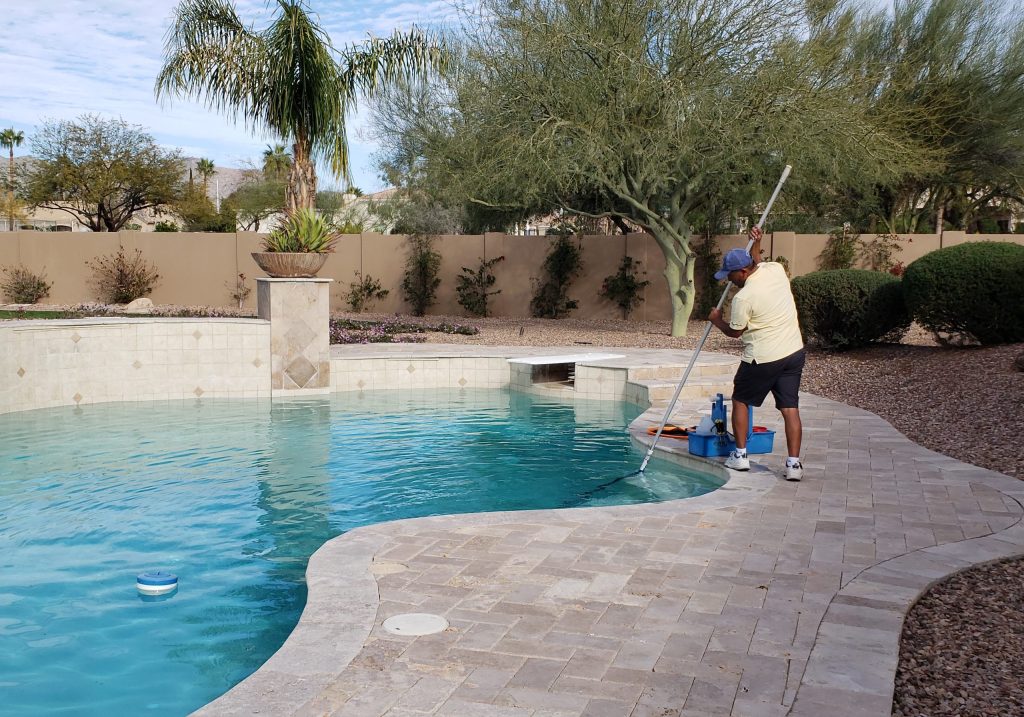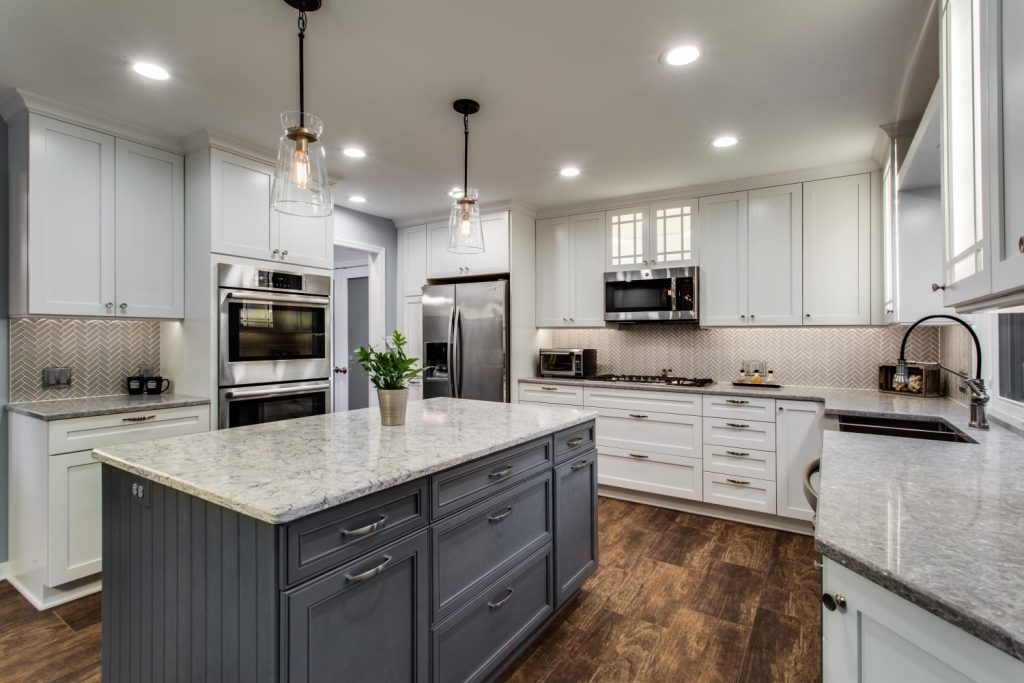Smart home automation has revolutionized the way we interact with our living spaces, offering a seamless blend of convenience, efficiency, and security. This evolution is transforming our homes into intelligent environments that anticipate and respond to our needs, making daily routines smoother and enhancing overall quality of life. Whether it is lighting, security, or entertainment, comprehensive smart home automation encompasses a wide range of technologies that work together to create a connected and responsive home environment.
Lighting Control
One of the most common and impactful areas of smart home automation is lighting control. Gone are the days when lights were simply turned on or off. Today, smart lighting systems allow for granular control over every aspect of illumination in your home. You can adjust the brightness, color, and timing of lights to suit your mood or the time of day. For example, you might set the lights to gradually brighten in the morning to mimic a natural sunrise, AVSS smart home installation in Baton Rouge helping you wake up more naturally. In the evening, lights can be dimmed automatically to create a cozy atmosphere for relaxation. Motion sensors can ensure that lights turn on as you enter a room and off when you leave, saving energy without sacrificing convenience. Additionally, smart lighting systems can be integrated with voice assistants like Alexa or Google Assistant, allowing for hands-free control.
Security Systems
 Home security is another critical aspect of smart home automation. With advancements in technology, traditional security systems have evolved into comprehensive, connected solutions that provide real-time monitoring and alerts. Smart security cameras, for instance, allow you to monitor your home from anywhere in the world using a smartphone app. These cameras can send notifications if they detect movement and some even have facial recognition capabilities to distinguish between family members, guests, and potential intruders. Smart locks provide another layer of security, enabling you to lock or unlock doors remotely, grant temporary access to visitors, and receive alerts if a door is left unlocked. Smart home security systems also include sensors that can detect smoke, carbon monoxide, water leaks, and even broken windows. These sensors can be connected to your smartphone, ensuring that you are immediately alerted to any potential dangers, no matter where you are. In the event of an emergency, smart security systems can automatically contact emergency services, ensuring a rapid response.
Home security is another critical aspect of smart home automation. With advancements in technology, traditional security systems have evolved into comprehensive, connected solutions that provide real-time monitoring and alerts. Smart security cameras, for instance, allow you to monitor your home from anywhere in the world using a smartphone app. These cameras can send notifications if they detect movement and some even have facial recognition capabilities to distinguish between family members, guests, and potential intruders. Smart locks provide another layer of security, enabling you to lock or unlock doors remotely, grant temporary access to visitors, and receive alerts if a door is left unlocked. Smart home security systems also include sensors that can detect smoke, carbon monoxide, water leaks, and even broken windows. These sensors can be connected to your smartphone, ensuring that you are immediately alerted to any potential dangers, no matter where you are. In the event of an emergency, smart security systems can automatically contact emergency services, ensuring a rapid response.
Integration and Convenience
The true power of smart home automation lies in the integration of various systems into a unified platform. With a central hub or smartphone app, you can control lighting, security, climate, entertainment, and more from a single interface. This integration allows for the creation of customized routines that automate multiple tasks simultaneously. For example, a Goodnight routine could ensure that all lights are turned off, doors are locked, the thermostat is adjusted, and security cameras are activated with a single command. Smart home automation also promotes energy efficiency. By optimizing lighting, heating, and cooling systems, you can reduce energy consumption and lower utility bills. Moreover, the ability to monitor and control your home remotely means that you can make adjustments on the go, ensuring that your home is always operating at peak efficiency.






